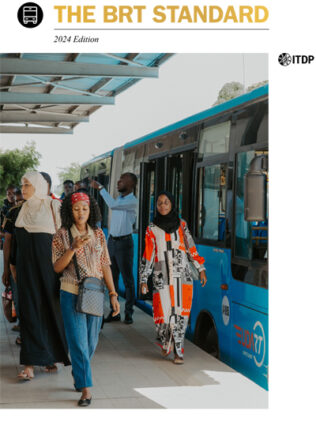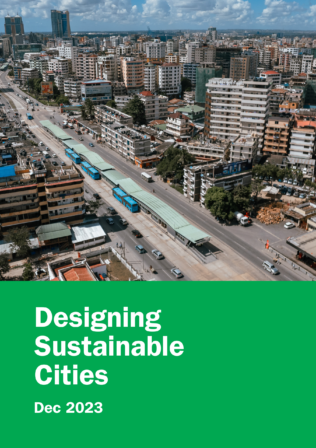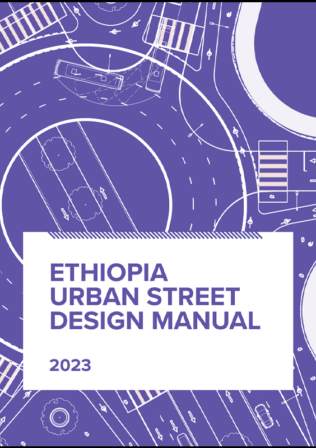NAMATA BRT Design Framework
Established in February 2017, the role of NaMATA is to oversee the establishment of an integrated, efficient, safe, reliable and sustainable transport system within the Nairobi Metropolitan Area comprising of Nairobi City, Kiambu, Kajiado, Machakos and Murang’a County. Five corridors have been identified for the implementation of mass rapid transit (MRT), with planning and design underway for some corridors due to high existing public transport ridership and potential to benefit the greatest number of residents.
For these corridors, NaMATA has selected BRT, a high-quality bus-based transit system that delivers fast, comfortable, and cost-effective urban mobility through the provision of segregated right-of-way infrastructure, rapid and frequent operations, and excellence in marketing and customer service. Compared to rail-based MRT technologies, BRT holds several advantages, including greater flexibility; shorter door-to-door travel times; faster implementation time; lower construction and operating costs; and improved accessibility.
A successful BRT system is a function of several design elements which include; dedicated lanes, median busway alignment, platform-level boarding, offboard fare collection, and intersection treatments. In combination, these features enable BRT to offer high capacity, high speeds, and safe and convenient access for all users. They also facilitate the recovery of operating costs through farebox revenues, ensuring that the system can attract private investment in buses and other system elements. This document is intended to offer a uniform specification for design of BRT corridors in the Nairobi Metropolitan Area (NMA) which in turn will facilitate flexible operations across the NMA BRT network.




